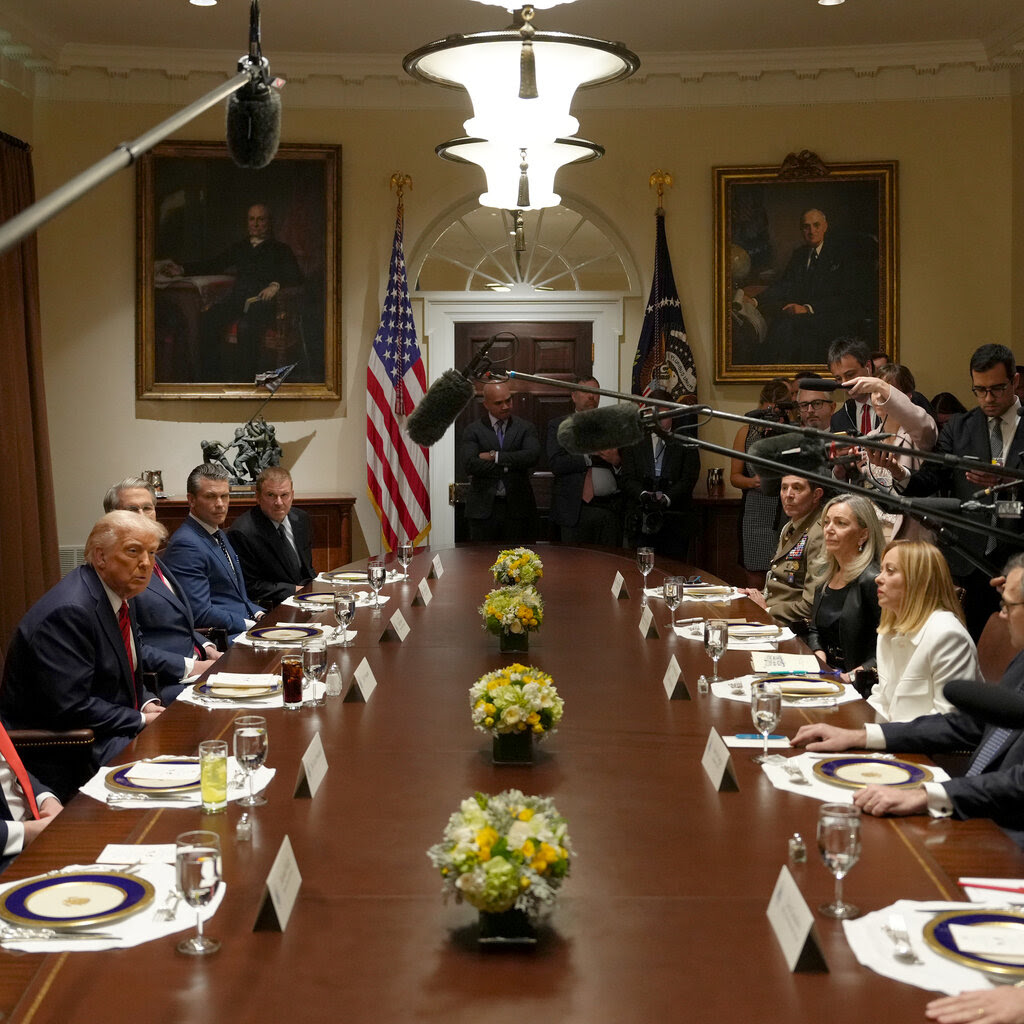
Donald Trump’s tariff strategy represents a multifaceted approach aimed at reshaping global trade and foreign policies. By imposing tariffs on various countries and industries, his administration sought to protect domestic industries, reduce trade deficits, and negotiate more favorable trade agreements for the United States.
Tariff Objectives:
* Protecting Domestic Industries: A primary goal was to shield U.S. industries from perceived unfair trade practices and foreign competition, particularly in sectors like steel and aluminum. Tariffs aimed to level the playing field and bolster American businesses.
* Negotiating Leverage: Tariffs were strategically employed as a bargaining chip to pressure trade partners into agreements deemed more advantageous to the U.S. The threat or implementation of tariffs served as a tool to negotiate better terms on trade deals, potentially benefiting U.S. industries and workers.
* Reducing Trade Deficits: The administration aimed to decrease U.S. trade deficits by imposing tariffs on countries with substantial trade surpluses with the U.S. This approach sought to reduce reliance on foreign goods and promote domestic production.
Tariff Implementation:
* Across-the-Board Tariffs: Proposals included broad tariffs, such as a 10-20% tariff on all imports into the U.S., which could significantly increase costs for consumers and businesses across various sectors.
* Country-Specific Tariffs: Tariffs were imposed on countries like China, Canada, and Mexico, with rates varying from 10% to nearly 50%. These targeted tariffs aimed to address specific trade concerns and pressure these nations to negotiate. For example, tariffs were placed on Chinese goods due to alleged intellectual property theft.
* Sector-Specific Tariffs: Tariffs were targeted at specific industries, including autos, semiconductors, and pharmaceuticals. This approach allowed the administration to focus on key sectors and address particular trade concerns. For instance, tariffs on steel and aluminum imports were justified on national security grounds.
Potential Consequences:
* Inflation: Increased tariffs could lead to higher prices for everyday goods, fueling inflation. Businesses may pass on the costs of tariffs to consumers, resulting in price increases for items like clothing, electronics, and food.
* Trade Wars: Retaliatory measures from affected countries could escalate into global trade conflicts. Countries like China and Canada responded with their own tariffs on U.S. goods, potentially harming U.S. exports and economic growth.
* Economic Impact: Tariffs may negatively impact U.S. farmers, manufacturers, and consumers, potentially leading to job losses and reduced economic growth. Industries reliant on imports or exports were particularly vulnerable.
* Supply Chain Disruptions: Global supply chains experienced significant disruptions due to the tariffs, creating uncertainty and increasing costs for businesses.
* US Dollar Fluctuations: The trade uncertainty caused by tariffs contributed to fluctuations in the value of the US dollar, which in turn affected the price of imported goods.
Key Players and Mechanisms:
* Section 301 of the Trade Act of 1974: This provision allows the president to impose tariffs on countries engaging in unfair trade practices. It was used to justify tariffs on Chinese goods, citing intellectual property concerns and unfair trade practices.
* Section 232 of the Trade Expansion Act of 1962: This section enables tariffs on goods deemed to have national security implications, such as steel and aluminum.
* International Emergency Economic Powers Act (IEEPA): This act grants the president authority to impose tariffs in response to national emergencies.
The Trump administration’s tariff strategy generated significant debate, with supporters arguing for its necessity in protecting U.S. industries and critics expressing concerns about its potential economic consequences. The global impact of these tariffs continues to be analyzed by economists, policymakers, and business leaders worldwide.
Be the first to comment